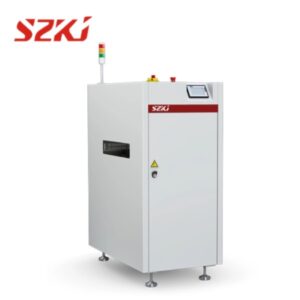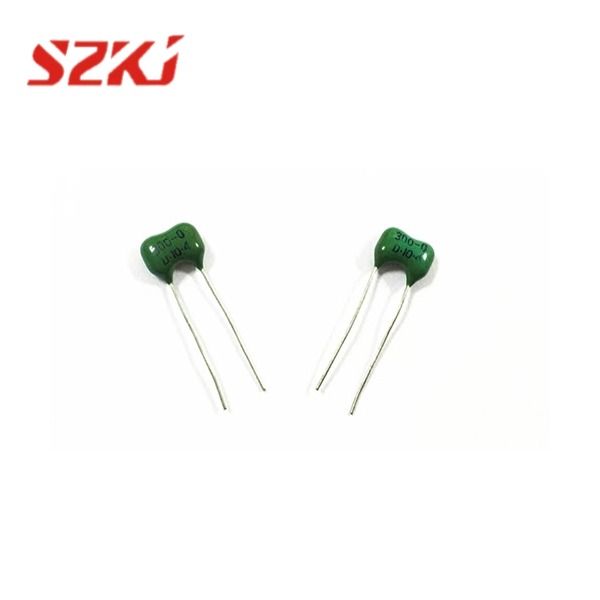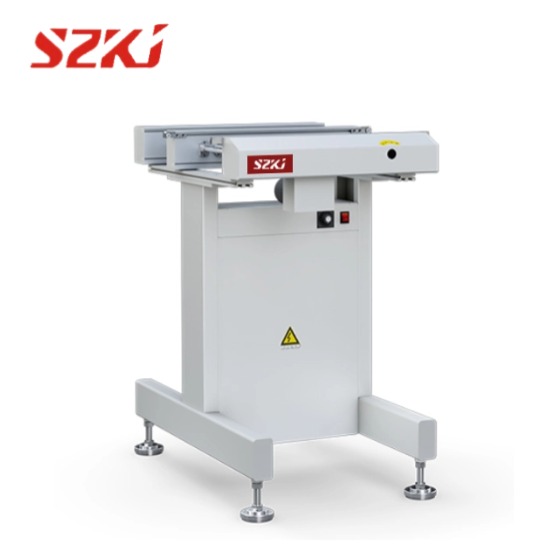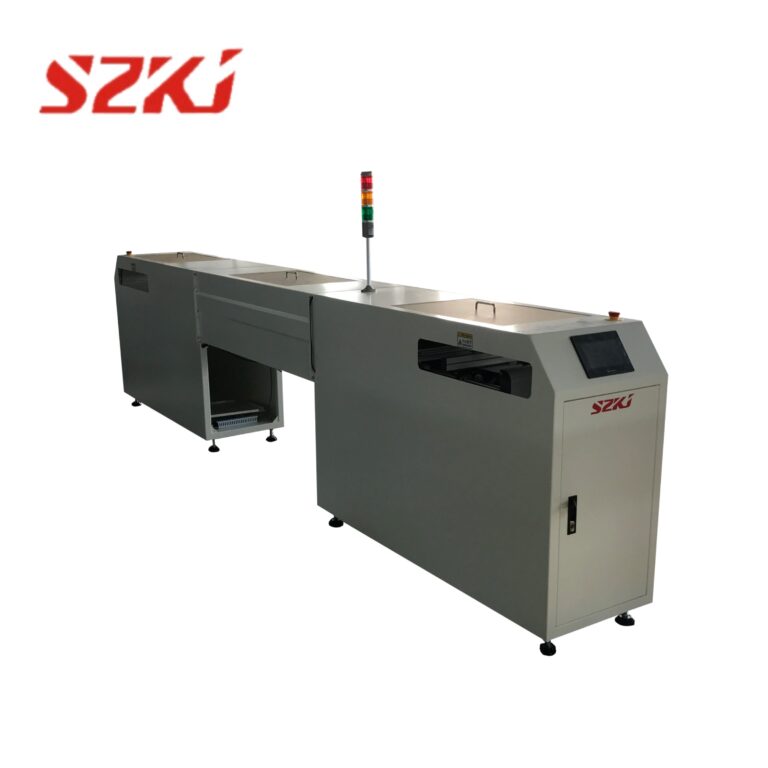Table of Contents
ToggleAutomated Optical Inspection (AOI) machines play a critical role in modern electronics manufacturing, enabling high-speed, high-precision detection of assembly defects on printed circuit boards (PCBs) and other components. By rapidly capturing and analyzing images, an AOI machine helps ensure both product quality and production efficiency.
However, like any sophisticated equipment, AOI machines can experience faults that interrupt workflows and compromise inspection accuracy. In this article, we’ll walk you through five of the most frequent issues encountered in AOI equipment and provide clear, actionable steps to resolve them, helping maintenance teams get their “AOI machine” back up and running with minimal downtime.

1. Light Source Malfunction
Symptom
When a light source fails, the AOI machine may display images that are too dark or too bright, show unnatural colors, or appear completely blank, leading to missed defects or false positives.
Possible Causes
- Power supply issues: Loose or damaged power cables, malfunctioning adapters.
- Aging or damaged LED modules: LEDs wear out over time or may suffer physical damage.
- Control-signal interruption: Faulty wiring or connectors prevent the light module from receiving commands.
Troubleshooting Steps
- Inspect the power: Verify that all cables and adapters for the light source are firmly connected and free from damage. Replace any suspect components.
- Swap the module: If LEDs appear dim or flicker, replace the light module with a known-good spare.
- Check control wiring: Trace the signal lines from the controller to the light unit. Repair or reseat any loose connectors to restore reliable communication.
2. Camera Failure
Symptom
A malfunctioning camera can lead to blurry, distorted, or noisy images, or no image capture at all, hampering the AOI machine’s ability to detect defects accurately.
Possible Causes
- Lens contamination or damage: Dust, fingerprints, scratches, or internal lens separation.
- Sensor degradation: The image sensor can fail due to age, heat stress, or electronic interference.
- Connection faults: Loose ribbon cables, damaged connectors, or faulty ports between the camera and mainboard.
Troubleshooting Steps
- Clean and inspect the lens: Use appropriate solvents and lint-free cloths. If scratches are present, replace the lens assembly.
- Test the sensor: Swap with a known-good camera module. If image quality improves, replace the original sensor.
- Verify connections: Power down the machine, then reseat or replace connectors and cables linking the camera to the control board.
3. Mechanical Drive Issues
Symptom
Mechanical problems often manifest as equipment stalling, inconsistent movement, or misaligned conveyor positions, causing boards to be inspected at the wrong location or not at all.
Possible Causes
- Worn rollers or guide rails: Friction increases as surfaces wear down, slowing or jamming motion.
- Faulty drive motors: Electrical faults or mechanical damage within stepper or servo motors.
- Loose or aged belts: Drive belts can stretch, crack, or break over time, compromising stability.
Troubleshooting Steps
- Replace worn parts: Inspect rollers and rails for grooves or excessive wear; install new components as needed.
- Diagnose motor health: Use a multimeter to check winding continuity and run current tests. Replace motors that fail.
- Adjust or renew belts: Check belt tension and condition. Retension per manufacturer specs or fit new belts.
4. Software System Errors
Symptom
Software faults may prevent the AOI machine’s inspection program from launching, cause slow performance, display incorrect settings, or lead to data loss.
Possible Causes
- Software conflicts: Incompatible programs are installed on the inspection PC.
- Malware infection: Viruses or trojans disrupting application files or configurations.
- Interrupted updates: Partial or corrupted software upgrades.
- Insufficient hardware resources: Low RAM or hard-disk space hindering operation.
Troubleshooting Steps
- Uninstall conflicting software: Remove any recently added applications that might clash with AOI control software.
- Run antivirus scans: Eliminate viruses or malicious code, then restore any damaged files from backups.
- Reapply updates: Download fresh installer files and perform a clean update.
- Optimize hardware: Expand RAM, free up drive space, and defragment disks according to best practices.
5. Electrical Control System Faults
Symptom
Electrical issues can cause the AOI machine to fail to power on, experience unexpected shutdowns, exhibit erratic relay behavior, or overheat components, posing both operational and safety risks.
Possible Causes
- Unstable mains power: Voltage fluctuations, aged wiring, or failed surge protectors.
- Control-board component failures: Burnt resistors, capacitors, or integrated circuits on the logic/control PCB.
- Overload-protection malfunction: Relays or fuses triggering incorrectly under normal loads, or failing to trip under overload.
- Poor grounding: Ineffective earth connections cause leakage currents, noise, or shock hazards.
Troubleshooting Steps
- Stabilize input power: Install a voltage regulator or UPS. Replace old cables and filters.
- Repair the control board: Visually inspect for burnt parts, then swap or reflow defective components.
- Test protection devices: Verify relay coil resistances and fuse continuity. Replace any units that don’t meet specs.
- Ensure proper grounding: Check earth straps and terminal connections; re-bond chassis to ground if needed.
Conclusion
By understanding these five common failure modes—light source, camera, mechanical drive, software, and electrical control—maintenance teams can quickly diagnose and remedy issues with their AOI machine, minimizing downtime and ensuring reliable defect detection. Remember to schedule regular preventive maintenance: clean optical surfaces, inspect moving parts, apply software updates, and verify electrical integrity.
When you encounter a stubborn fault, refer to these troubleshooting methods first, and consult qualified service engineers for more complex repairs. A well-maintained AOI machine not only boosts yield and quality but also extends the equipment’s lifespan, making it an indispensable asset on the production floor.




